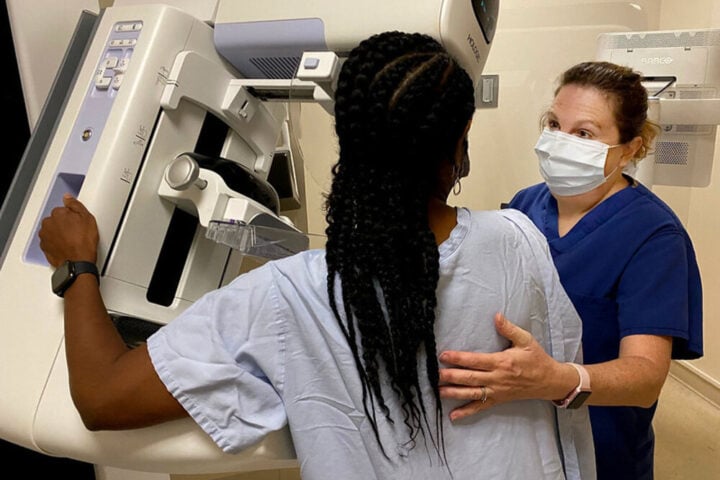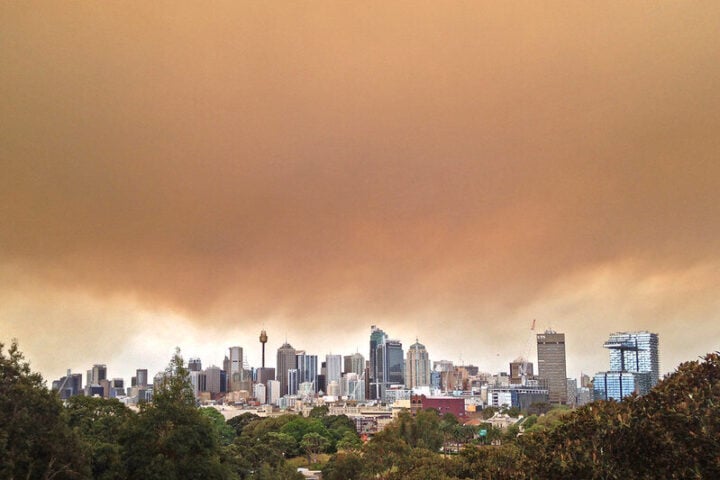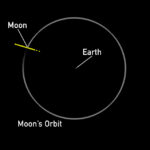NASA and NOAA are advancing their space weather monitoring capabilities through a $26.1 million contract awarded to Southwest Research Institute (SwRI), while simultaneously expanding research partnerships for extreme weather prediction.
Space Weather Monitoring Takes Center Stage
The contract, spanning from December 2024 to January 2034, tasks SwRI with developing two magnetometer instruments for NOAA’s Space Weather Next program. These instruments will measure interplanetary magnetic fields carried by solar wind from the Lagrange 1 point, positioned 1.5 million kilometers from Earth.
Dr. Roy Torbert, program director at SwRI’s Earth, Oceans, and Space office, explains: “Space weather refers to the variable conditions on the Sun and in space that can influence the performance of technology we use on Earth, such as electrical power grids, and disrupt satellite-based communication and navigation systems.”
Technical Specifications and Implementation
SwRI’s collaboration with the University of New Hampshire involves designing, developing, and calibrating the SW-MAG instruments. The magnetometers will operate from satellites launched in 2029 and 2032, providing data to NOAA’s Space Weather Prediction Center.
Michael McLelland, vice president of SwRI’s Space Systems Division, states: “Our team is very excited to play such an important role in working with NOAA to develop their next generation satellite architecture.”
NOAA Expands Weather Research Capabilities
Parallel to the space weather initiative, NOAA and the University Corporation for Atmospheric Research (UCAR) renewed their partnership on December 10, 2024. NSF NCAR, a federally funded research and development center, provides the atmospheric and related Earth system science community with state-of-the-art resources including:
- Supercomputers
- Research aircraft
- Sophisticated computer models
- Extensive data sets
NOAA Administrator Rick Spinrad notes: “This agreement furthers our mutual mission that focuses on science that helps the nation be better prepared for extreme weather.”
Resource Allocation and Implementation
The renewed memorandum of understanding emphasizes:
- Weather observing technologies advancement
- High-impact weather hazards research
- Social, behavioral, and economic science research integration
The program’s execution involves NASA’s Goddard Space Flight Center in Maryland and Kennedy Space Center in Florida, alongside SwRI’s San Antonio facility.
Similar Posts
Technical Operations at L1
The magnetometers will be deployed on satellites at the Lagrange 1 point, where gravitational forces from the Sun and Earth hold objects in a stable position, offering an uninterrupted view of the Sun. The instrument will make local measurements of the magnetic field conveyed by the solar wind as it blows towards Earth.”The solar wind magnetic field controls the processes that transfer energy and particles into the Earth’s magnetosphere and often initiates geomagnetic storms,” Torbert said. “These disturbances can create spectacular auroras but can also shut down electrical power grids and disrupt satellite-based communication and navigation systems.”
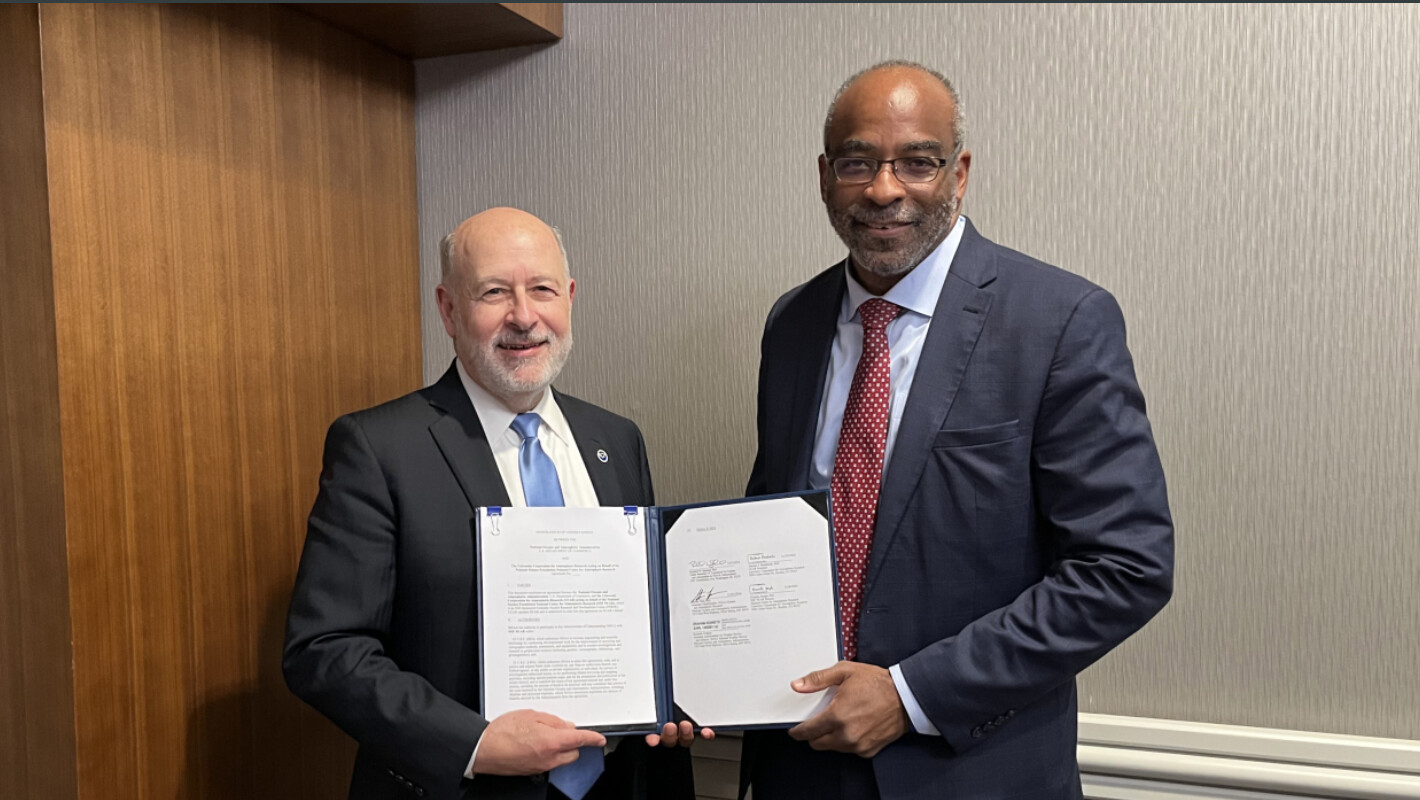
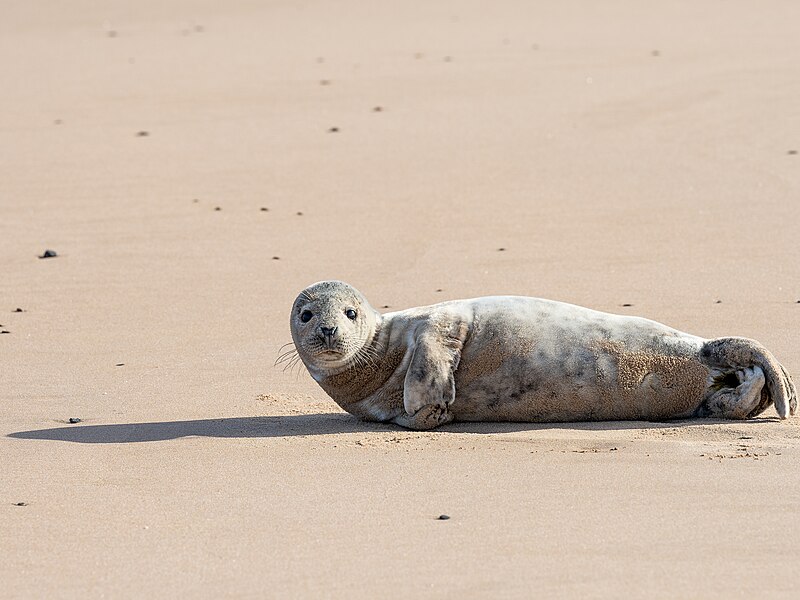
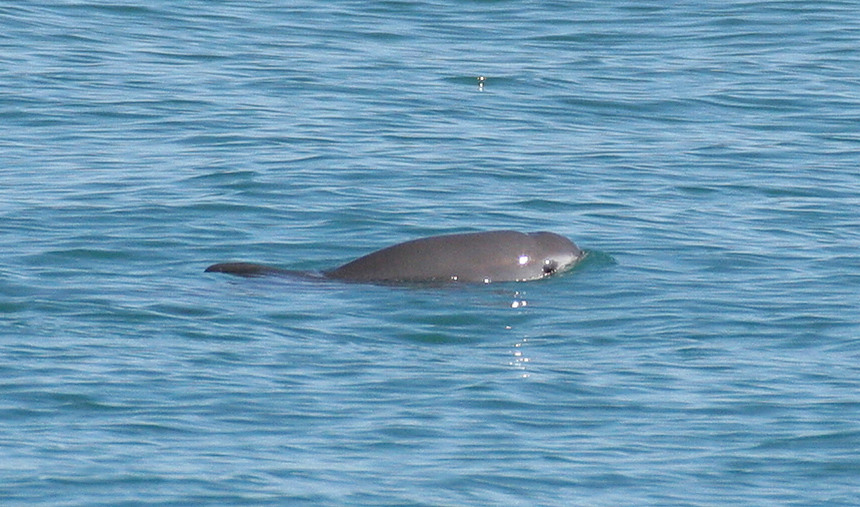


![Representative Image: European Starling [49/366]. Photo Source: Tim Sackton (CC BY-SA 2.0)](https://www.karmactive.com/wp-content/uploads/2025/04/Starlings-Drop-82-in-UK-Gardens-as-Birdwatch-2025-Reveals-Record-Low-Count-Since-1979-720x480.jpg)



